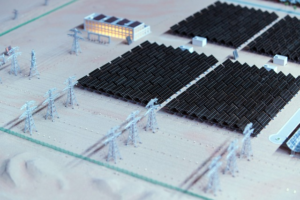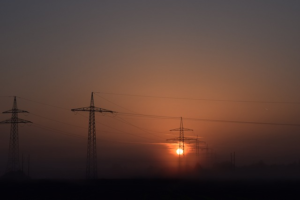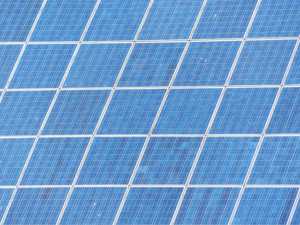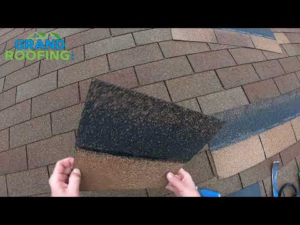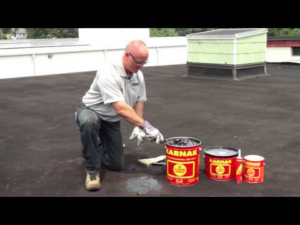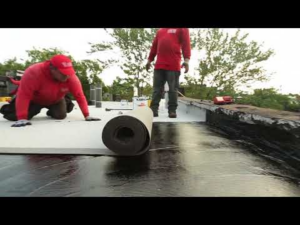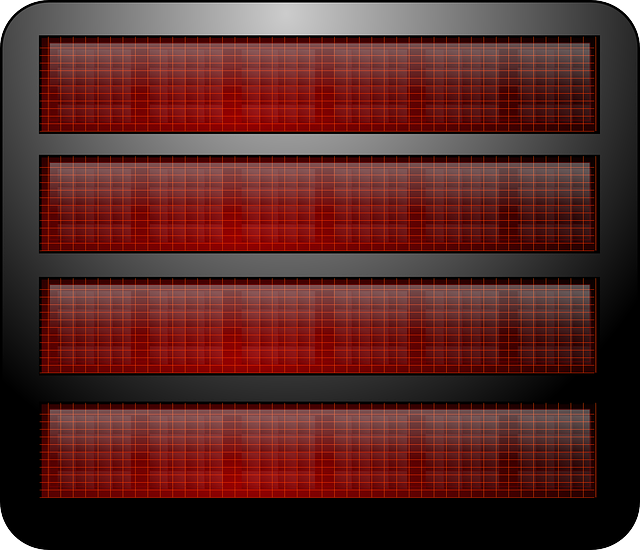
The Brooklyn Navy Yard was the legendary birthplace of America’s mightiest warships from 1801 to 1966, when it stopped producing warships. Fortunately, the sprawling facility has come roaring back to life as a leading hub of clean tech innovation. That includes solar power, and the Air Force is banking on the Brooklyn-based company Pvilion Solar to help sustain the green fighting force of the future under the new Agile Combat Employment directive.
Solar Power & Tents
For all the technology advances in military systems over the past 1,000 years or so, on-the-go shelter has seen little in the way of foundational change. Expeditionary forces still rely on tents and canopies to keep the elements at bay.
Forces on the move also rely on fuel and water that moves with them, a topic that came to light with all its lethal consequences in the form of bomb-vulnerable supply convoys during the Iraq war, and most recently during Russia’s murderous rampage through Ukraine.
During the wars in Iraq and Afghanistan, the US Marine Corps and the US Army began turning to renewable energy as a solution to the expeditionary energy-water nexus problem, with a focus on solar power.
Aside from avoiding fuel transportation costs, solar power reduces the need for noisy, polluting gas or diesel generators. With solar power in play, warfighters in camp have less exposure to health and safety risks. Reducing the level of noise-induced stress is another plus for combat-readiness.
Solar Power Plus Flexibility
The US Army appears to be the first to express interest in the idea of outfitting its tents and canopies with solar power. By 2010, members of the Kansas Army National Guard were already deploying a PV-enabled tent in Djibuti, in the form of a solar-plus-storage mashup with batteries from a Hawker High Mobility Multipurpose Wheeled Vehicle (aka, generically, the humvee).
The US Marine Corps began introducing portable PV panels to the field by 2009, and it was also experimenting with PV-enabled tents by 2011. Not to be one-upped, in 2013 the Army introduced the idea of replacing a flexible, fabric tent with a new system that combines a solar canopy with a structure made with lightweight, energy-efficient walls. The idea is to maximize the overall efficiency of the system by conserving the output from solar canopies.
The Pvilion Solar Tent Solution
Pvilion Solar has been making PV-enabled solar tents, canopies, and sails for more than 20 years. It first flapped across the CleanTechnica radar just a few years ago, in 2017, so we have some catching up to do.
Back in 2020 the US Air Force Rapid Sustainment Office tasked Pvilion to develop and deliver a self-deploying tent with solar power, called HEXT for Hands-Off Expeditionary Tent.
Personnel at Joint Base Elmendorf-Richardson in Anchorage, Alaska deployed the HEXT system at its flight line during the “Polar Force 22-4” exercise on March 31, which focused on the …….
Source: https://cleantechnica.com/2022/04/11/us-air-force-deploys-solar-power-for-new-self-assembling-tent/
